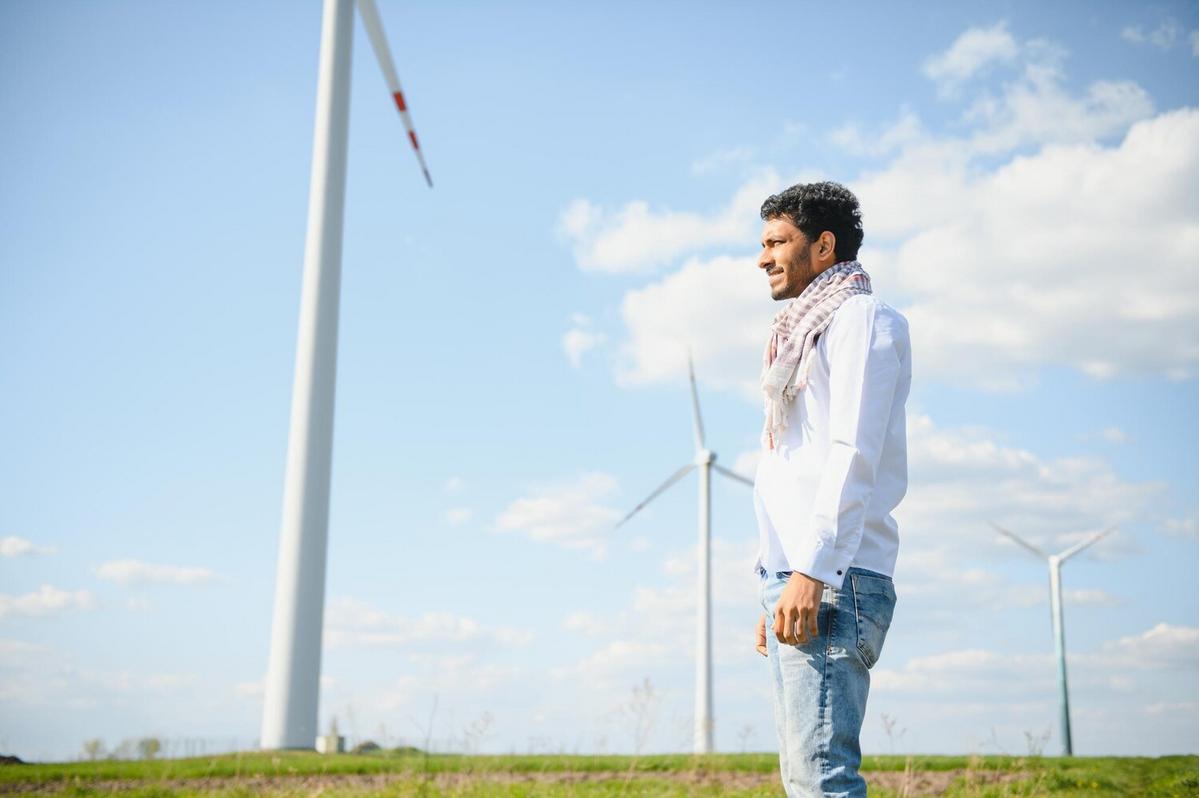
The Rise of Wind Farms: Harnessing Nature for Electricity
The increasing demand for sustainable energy solutions has propelled the rise of wind farms, transforming the landscape of electricity generation. As wind turbines dot the horizon, they symbolize a shift towards harnessing nature’s power to meet our energy needs.
Wind energy, a cornerstone of renewable energy innovations, is gaining momentum as countries worldwide aim to reduce carbon emissions and combat climate change. This shift is evident in the substantial increase of wind farms globally. According to the Global Wind Energy Council, in 2020, the world installed over 93 GW of new wind power capacity, marking a 53% year-on-year growth.
The Power of Wind: A Reliable Energy Source
Wind farms utilize the kinetic energy of wind to generate electricity. This renewable resource is abundant and, importantly, does not emit greenhouse gases during operation. Experts like Michael Liebreich, founder of Bloomberg New Energy Finance, have noted that the declining cost of wind energy technology has been pivotal in its widespread adoption.
Statistics and Research
Research by the International Renewable Energy Agency (IRENA) highlights that wind power could supply over one-third of global electricity needs by 2050. This is supported by data showing that the cost of wind energy has fallen by around 70% since 2009, making it more competitive with traditional fossil fuels.
Real-Life Examples
Take, for instance, the Hornsea Project in the UK, which, upon completion, is set to become the world’s largest offshore wind farm. It illustrates how nations are investing heavily in wind power infrastructure to secure a sustainable energy future.
Actionable Tips for Supporting Wind Energy
Individuals can support the growth of wind energy by advocating for policies that promote renewable energy, investing in community wind projects, or choosing green energy options provided by utility companies.
Consider participating in local initiatives that aim to educate the public about the benefits of wind energy and how it can be integrated into everyday life.
Comparing Wind Energy to Other Renewables
| Criterion | Wind Energy | Solar Energy |
|---|---|---|
| Availability | Variable | Daytime only |
| Land Use | Large scale | Moderate |
| Installation Cost | High initial | Moderate |
| Operational Cost | Low | Low |
| Environmental Impact | Low | Low |
| Energy Density | High | Low |
| Scalability | High | High |
| Lifespan | 20-25 years | 25-30 years |
Frequently Asked Questions
How do wind turbines generate electricity?
Wind turbines convert the kinetic energy from the wind into mechanical power, which is then transformed into electricity through a generator.
Are wind farms noisy?
Modern wind turbines are designed to minimize noise, and most are located away from residential areas to reduce any potential disturbance.
Can wind energy be stored?
While wind energy itself cannot be stored, the electricity generated can be stored in batteries or converted into other forms of energy for later use.
Conclusion
Wind farms represent a significant step towards a cleaner, more sustainable energy future. By harnessing the power of the wind, we can reduce our reliance on fossil fuels and move towards a more environmentally friendly world. As technology advances and costs continue to fall, wind energy will play an increasingly vital role in the global energy landscape. Consider getting involved with local renewable energy projects or advocating for policies that support wind energy to contribute to this exciting evolution in energy generation.